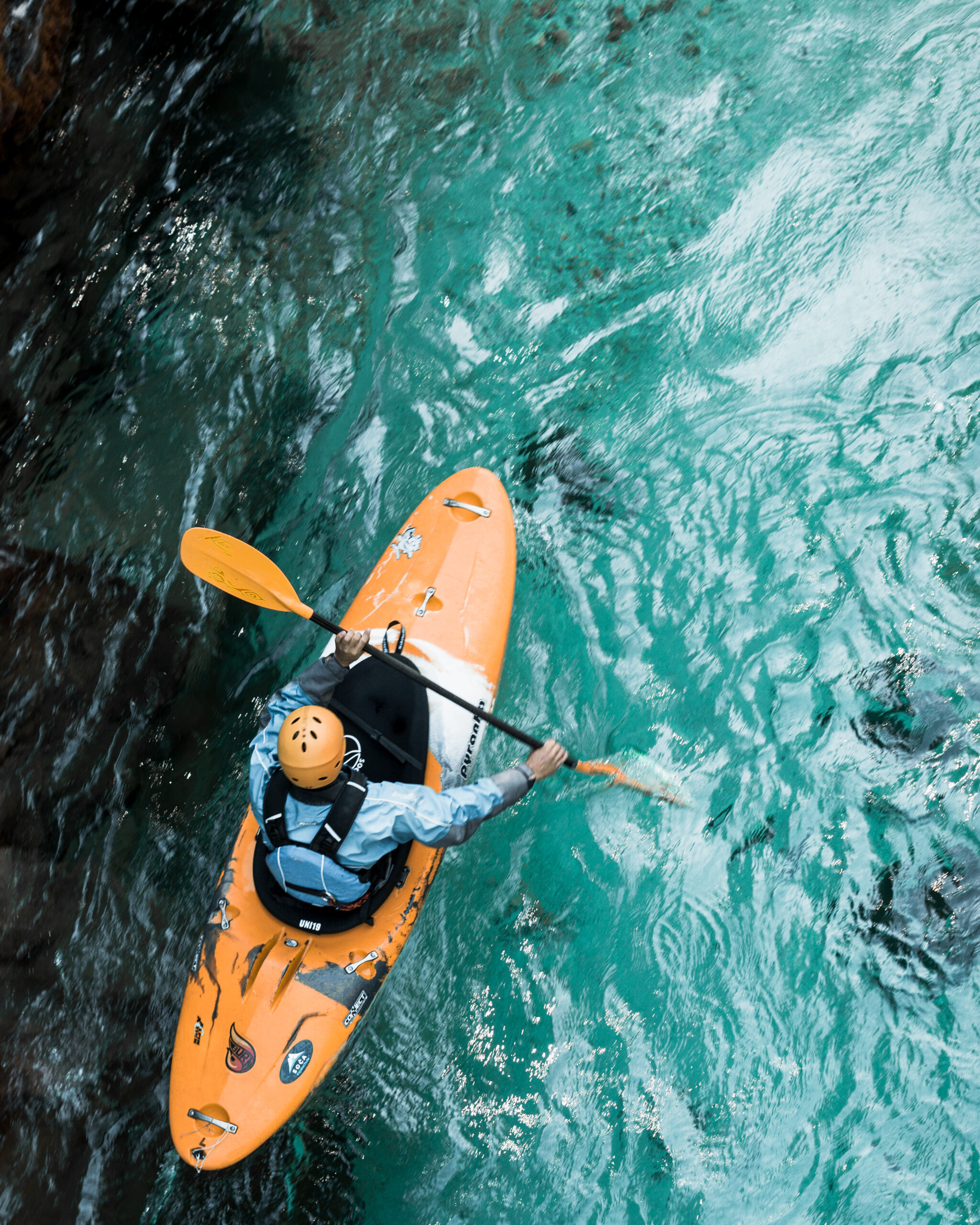
Whether you’re an avid kayaker or just starting out, knowing how to safely and securely transport your kayak is essential. From rooftop racks to trailer systems, this comprehensive guide will walk you through the various methods and equipment needed to transport your kayak with ease. Whether you’re heading to calm lakes or challenging whitewater rapids, this guide has got you covered. So, grab your paddle and let’s get started on the ultimate guide to transporting kayaks.
Choosing the Right Vehicle
When it comes to transporting your kayak, one of the first things you need to consider is the size and weight of your kayak. This is important because it will determine the type of vehicle you should use for transportation. Smaller kayaks may easily fit on the roof of a car, while larger kayaks may require a truck or SUV.
Another crucial factor to consider is the roof load capacity of your vehicle. You need to make sure that your vehicle is capable of safely carrying the weight of your kayak. Consult your vehicle’s manual or contact the manufacturer to find out the roof load capacity. Being mindful of this will prevent any potential damage to your vehicle.
Roof Racks and Carriers
If your vehicle does not have built-in roof racks, you will need to invest in a suitable roof rack. There are different types of roof racks available, such as crossbars, full roof racks, and removable roof racks. It’s essential to select the right roof rack that fits your vehicle and can securely hold your kayak.
Setting up and installing a roof rack can be fairly simple, and many come with installation instructions. Follow these instructions carefully to ensure that the roof rack is properly installed and securely attached to your vehicle. Once the roof rack is in place, you can then use kayak carriers and attachments to secure your kayak securely.

Securing the Kayak
Ensuring that your kayak is well-secured during transportation is crucial to prevent any accidents or damage. There are several options available for tying down your kayak, including straps, ropes, kayak cradles, and kayak saddles. You can choose the method that works best for you and provides the most stability and security for your kayak.
Using straps and ropes is a common and efficient way to secure your kayak. Make sure to tightly secure the straps over your kayak and fasten them to the roof rack or vehicle’s anchor points. This will help keep your kayak in place throughout the journey.
Kayak cradles are another popular option for securing kayaks. These cradles have padding that provides extra protection for your kayak while keeping it securely in place. Kayak saddles are similar to cradles but have a V-shaped design that provides better stability.
Don’t forget to use bow and stern lines to further secure your kayak. Bow and stern lines attach to the front and back of your kayak and connect to your vehicle. They help keep your kayak aligned and prevent any lateral movement as you drive.
Loading and Unloading Techniques
Loading and unloading your kayak may seem like a daunting task, but with the right techniques, it can be made easier and safer. Before loading your kayak, make sure it’s clean and free from any loose items. It’s also a good idea to have someone assist you during this process, especially if your kayak is heavy.
Proper lifting techniques are crucial to avoid any injuries. Bend your knees and lift with your legs, rather than straining your back. It’s also advisable to wear gloves to get a better grip on your kayak and avoid any accidental slips.
Ramps and slide mats are useful tools when it comes to loading and unloading your kayak. Ramps can be placed on the ground to create a smooth surface for sliding your kayak onto your vehicle. Slide mats can also be helpful in reducing friction and making the process smoother.
When unloading your kayak, make sure to do it slowly and carefully. It’s always a good idea to have someone guide you as you lower the kayak to the ground.

Stacking Multiple Kayaks
If you need to transport multiple kayaks, you might consider stacking them. However, it’s essential to determine whether stacking is necessary or if there are alternative options available. Stacking too many kayaks on top of each other can make them unstable and increase the risk of damage during transportation.
To stack kayaks safely, you can use stackers or J-style racks. Stackers are designed to hold multiple kayaks on their sides, allowing for efficient use of space. J-style racks, on the other hand, hold kayaks at an angle, providing stability and reducing the risk of damage.
Regardless of the method you choose, it’s important to secure and stabilize the kayaks properly. Use additional straps or ropes to prevent any shifting or movement during transportation.
Transporting Kayaks Inside Vehicles
If you prefer to transport your kayak inside your vehicle, there are a few things to consider. First, you need to ensure that your vehicle has enough space to accommodate the length and width of your kayak. Vans, SUVs, and trucks with ample cargo space are suitable for this type of transportation.
Preparing your kayak for interior transport is crucial to avoid any damage to your vehicle’s interior. Make sure the kayak is clean and free from any debris or sharp objects that could potentially scratch or puncture the interior of your vehicle.
To protect both your kayak and vehicle, you can use foam blocks or pool noodles as padding. These can be placed on the roof or inside the vehicle to create a soft and cushioned surface for your kayak. Additionally, secure the kayak using straps or ropes to prevent any movement during transit.

Towing Trailers for Kayaks
If you have a larger kayak or multiple kayaks to transport, using a kayak trailer can be a convenient option. When selecting a kayak trailer, ensure that it has the appropriate capacity to hold the size and weight of your kayak(s). Look for trailers with sturdy construction and secure tie-down points.
Attaching and securing your kayak(s) to the trailer is essential for safe transportation. Double-check that all straps and tie-downs are tightly secured. It’s also recommended to regularly inspect the trailer during long-distance travel to ensure that everything remains secure.
Always keep road safety in mind when towing a trailer. Be aware of your vehicle’s towing capacity and adhere to speed limits and traffic regulations. Practice safe driving techniques, especially when maneuvering or changing lanes with a trailer attached.
Choosing the Right Tie-Down Accessories
The type of tie-down accessories you use can greatly impact the security and stability of your kayak during transportation. There are different options available, including straps, ropes, ratchet straps, and cam straps. Consider the specific needs of your kayak and choose the accessories that provide the best support.
Straps and ropes are commonly used and are available in various lengths and materials. Ensure that they are strong and durable enough to withstand the weight and pressure of your kayak during transit. Regularly check the condition of your straps and ropes to detect any signs of wear or damage.
When choosing between ratchet straps and cam straps, consider the level of tension you require. Ratchet straps provide a greater tightening capability, while cam straps are easier and quicker to secure. Select the option that suits your preference and ensures the safety of your kayak.
Investing in good-quality tie-downs is essential. Inferior or worn-out tie-downs can compromise the safety of your kayak during transportation. Choose tie-downs made from reliable materials, such as high-quality nylon or polyester, to ensure durability and strength.
Tips for Long-Distance Travel
If you’re planning a long-distance trip with your kayak, there are a few additional considerations to keep in mind. Before hitting the road, inspect your kayak thoroughly to identify any signs of damage or wear. Pay close attention to the hull, handles, and any accessories attached to your kayak.
Regularly check your tie-downs and security throughout your journey. Vibrations and wind resistance can sometimes cause straps to loosen over time. Make it a habit to stop and inspect the tightness of your tie-downs, ensuring that your kayak remains securely fastened.
Minimizing wind resistance and drag is vital for fuel efficiency and a smoother driving experience. Position your kayak in such a way that it creates minimal drag. Avoid angling it vertically or protruding too far beyond the front or back of your vehicle.
Plan regular rest stops to make adjustments and ensure the ongoing safety of your kayak. This will also give you an opportunity to stretch, rest, and stay alert while driving long distances. Take advantage of these breaks to check your kayak, tie-downs, and any other equipment you have with you.
Safety Precautions and Considerations
Before you embark on your kayak transportation journey, it’s essential to be aware of and comply with local transportation regulations. Some areas may have specific rules and requirements when it comes to securing and transporting kayaks. Familiarize yourself with these regulations to avoid any legal issues.
While securing your kayak is crucial, it’s also essential to secure loose equipment and accessories. Make sure that any paddles, life vests, or other items are properly stored and secured. Loose items can become dangerous projectiles during transportation and pose a risk to both you and other drivers on the road.
Reducing distractions while driving is critical for your safety and the safety of others. Ensure that your kayak and all associated equipment are properly stowed and won’t obstruct your vision while driving. Keep your focus on the road to avoid accidents or incidents.
Finally, protect your kayak from theft by taking appropriate precautionary measures. Always lock your kayak to your roof rack or trailer using a reliable lock. If storing your kayak overnight or leaving it unattended for an extended period, consider additional security measures such as cable locks or storing it in a secure location.
Transporting your kayak doesn’t have to be a stressful experience. By considering the size and weight of your kayak, utilizing the right roof racks and carriers, securing your kayak properly, and following essential safety precautions, you can ensure a smooth and worry-free journey with your kayak. With this comprehensive guide, you’ll have the confidence to transport your kayak safely and enjoy many exciting adventures on the water.









